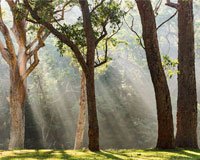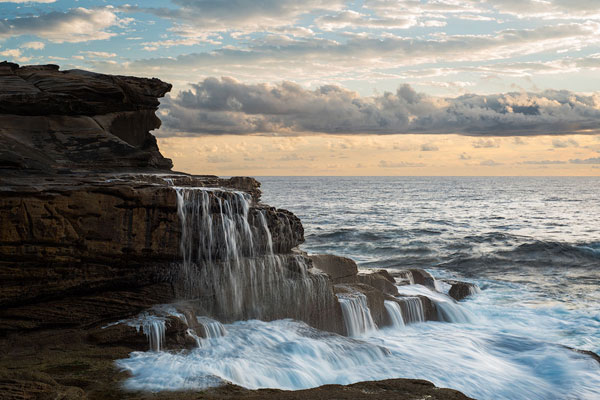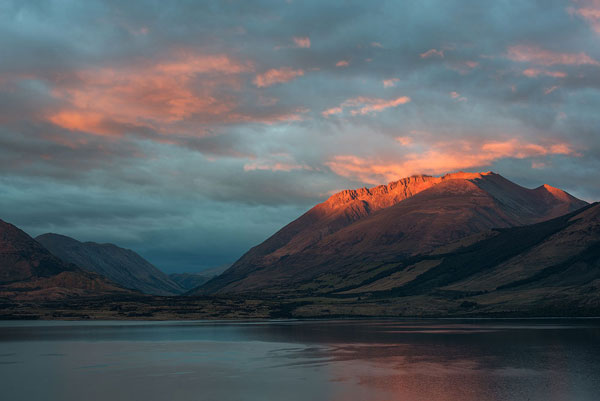Definitive guide to photographic composition: Building blocks, practical advice & much more
posted Thursday, August 9, 2018 at 12:00 PM EDT

We have shared a couple of photographer Anton Gorlin's guides with you here at Imaging Resource. You may recall his excellent seascape photography and sunrise photography guides from earlier this year. Gorlin is back with a new guide after six months of work and it is "the definitive guide" for photography composition.
The composition guide is separated into eleven sections and covers topics such as why composition is important, what we can take from composition in painting, different compositional concepts and techniques, tips for when shooting and much more. Let's take a look at some excerpts.
In Gorlin's third section, which covers composition concept and principles, he discusses the different frame shapes, which form the basis for our composition. This is important to consider as not every camera has the same default crop ratio. For example, many full-frame cameras have a 3:2 ratio, but Micro Four Thirds cameras have a 4:3 (hence the name) ratio. They may not seem very different, but when you are focused on composing the entire scene, subtle differences matter. What about choosing between a landscape orientation versus a portrait orientation? Gorlin states, "The rule of thumb is to choose a horizontal frame when the majority of compositional lines are horizontal and vice versa. Sometimes you could do the opposite to increase tension…"

Another important compositional consideration is filling the frame. We have the frame (3:2, 4:3, etc.) and we have selected an orientation, now we want to fill that frame in the best possible way given our subject and various constraints. How can you tell if your frame is filled? Gorlin puts it this way, "if you cut any part of the photo and it looks better and more harmonious, then you haven't filled the frame." Relatedly, you should also be careful with what you place near the edge of the frame. High-contrast areas or odd shapes near the edge of the frame will often draw your viewer's eye out of the image rather than into the frame.
Skipping far ahead to a section on color in composition, Gorlin discusses how you can balance a composition through the use of color. "A saturated area is stronger than a less saturated one," Gorlin says, "Halftones connect various regions and create a smooth transition between them. However, saturation is the easiest thing to overdo and ruin your shot. I prefer to de-saturate all colors except the main one (or two if there is a contrast in place)."

After reading Gorlin's extensive material on the building blocks of composition, he shares practical advice you can use out in the field. Having grasped the parameters of composition, you have to select the right gear for the job, this means choosing a lens focal length. Different focal lengths offer varying strengths and weaknesses. For example, a wide-angle lens (up to 35mm) "stretches" and "exaggerates the foreground." It's a common choice for landscape photography because it can do a good job capturing vastness and scale in a scene. However, even a landscape photographer should have access to a telephoto lens because it can form a "tighter image," which of course has composition advantages in certain situations. If you aren't in a position to have a variety of different lenses, Gorlin recommends getting an all-in-one zoom lens (think something like an 18-135mm or 18-200mm), "If you are just starting out, get an all-in-one lens and give it a go for half a year. Then look through your photos and take notes of the focal range used."
For more information, including how to tell a story with your composition, balancing the frame, layering a scene, utilizing leading lines, symmetry, lighting and much more, head over to Anton Gorlin's excellent guide to composition. It is well worth reading, bookmarking and referring back to regularly.
(Via Anton Gorlin)